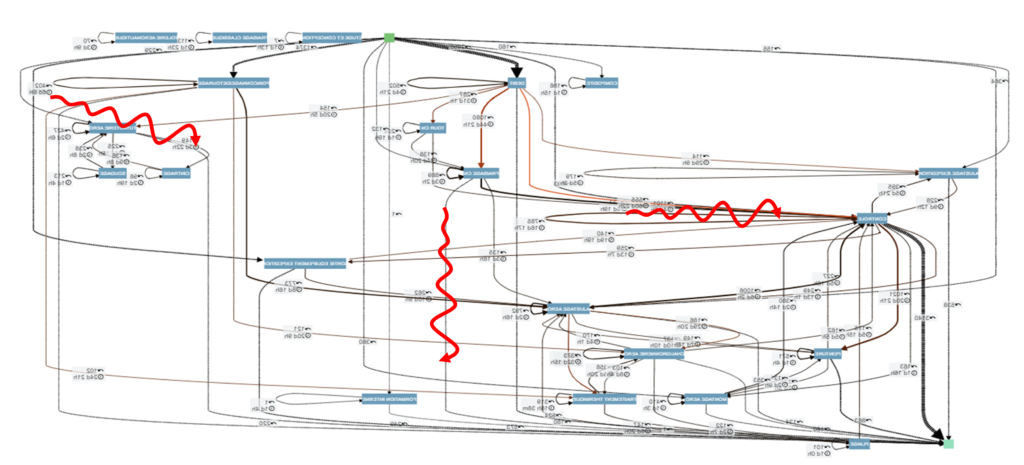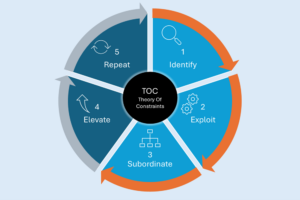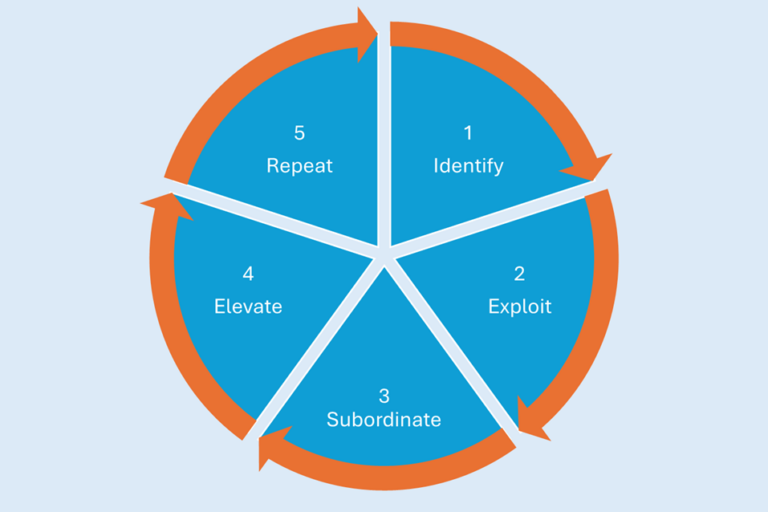Every time I visit a factory, I ask myself the following questions:
- Do we see the flows? Does material visibly flow?
- What are the process steps that set the tempo? Do we see this tempo?
- Are we early or late? How do we see it?
- What should be manufactured after the current batch? What are the priorities?
If you can’t answer these questions immediately and simply, you should be concerned about the company’s ability to respond agilely and reliably to customer demand, which is the very definition of being a “Demand Driven” organization, isn’t it?
Implementing Demand Driven Production
To make your operations demand driven, you cannot simply put DDMRP buffers downstream or upstream.
Instead, good shop floor management practices from Lean and Theory of Constraints remain essential. These are included in the Demand Driven Operating Model (DDOM) via the Demand Driven Scheduling and Execution process.
What is demand driven production all about?
First, you must adopt a planning principle that is adapted to your flows.
If your production is in line, with relatively simple products and routing steps, a finite capacity group planning principle based on a planning wheel driven by relative priorities from DDMRP buffers will do the trick.

If, on the other hand, your routings look like this, with a little variability here and there, that’s another matter…

And if your means of production ensure a part of manufacturing to stock and a portion to order, you will need to manage your priorities if you do not want to be subjected to the “Pavarotti effect” (the one who has the biggest voice is delivered first) …

The DDOM model helps structure and equip this steering process by implementing mechanisms that go beyond DDMRP buffers. These are “drums” (constraints), control points, time buffers, and capacity buffers.
This model makes the flow visible and intuitive to control, even in complex environments.
And the DBR+ module from Demand Driven Technologies brings it all to life, allowing you to:
- Model the flows by defining a digital twin of your operations
- Set Finite Capacity Scheduling that enforces constraints to pace the flow
- Control WIP to ensure a fast flow
- Steer execution priorities at key milestones
- Measure performance over time and identify opportunities for improvement
In the subsequent posts in this series, we’ll elaborate on these different components.













